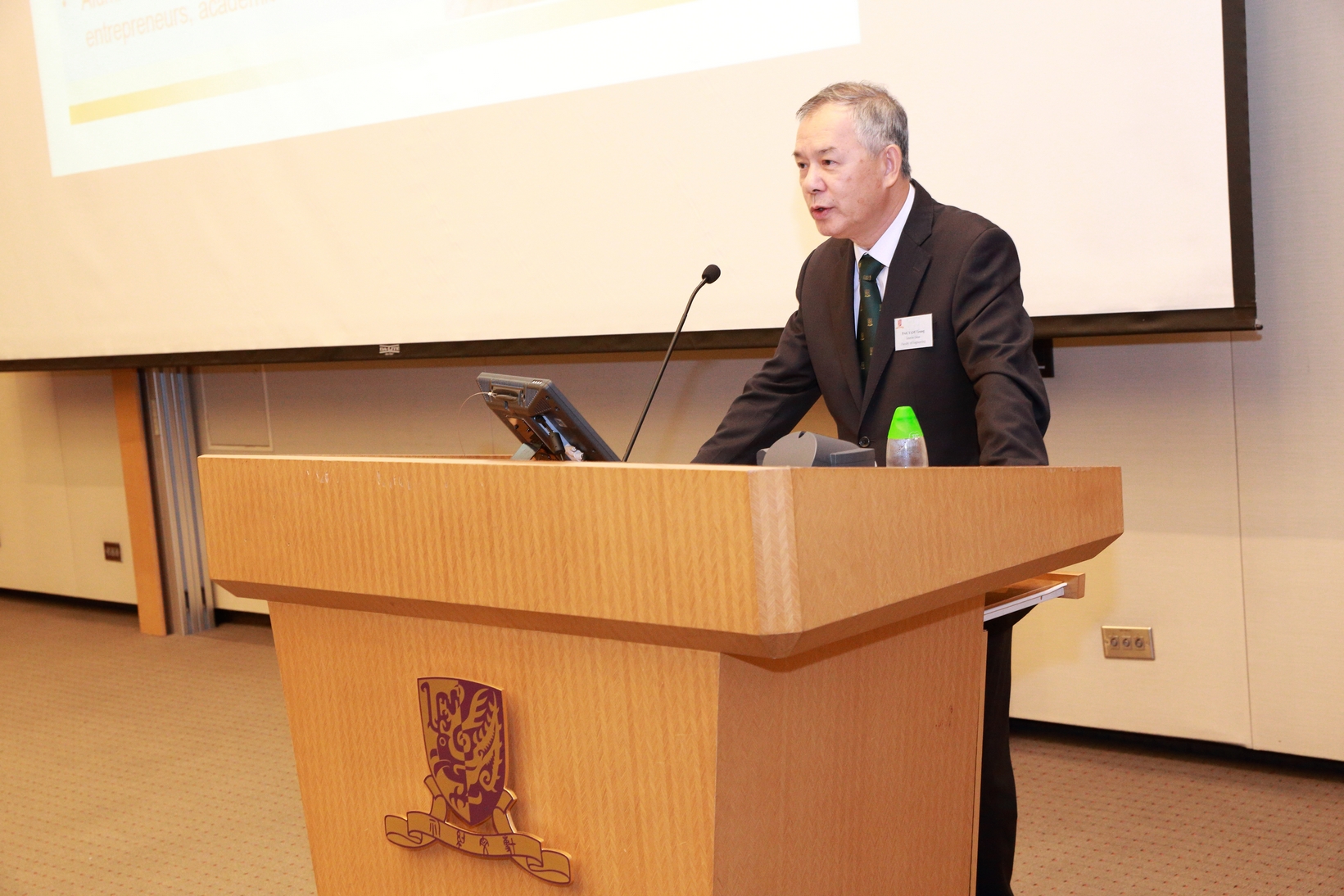Led by Associate Professor Li Zhang, a team of scientists from the Chinese University of Hong Kong designed and implemented a strategy of using oscillating magnetic fields to create highly reconfigurable ribbon-like swarms of nano-robots, millions of magnetic nanoparticles each less than one micron wide, or one-fifth the length of a red blood cell.


